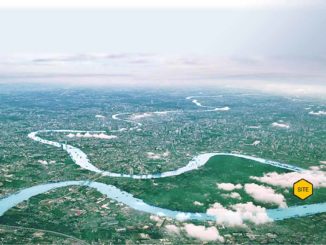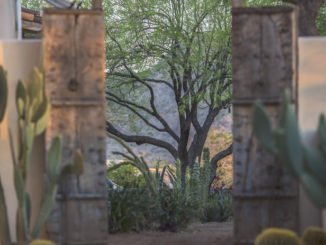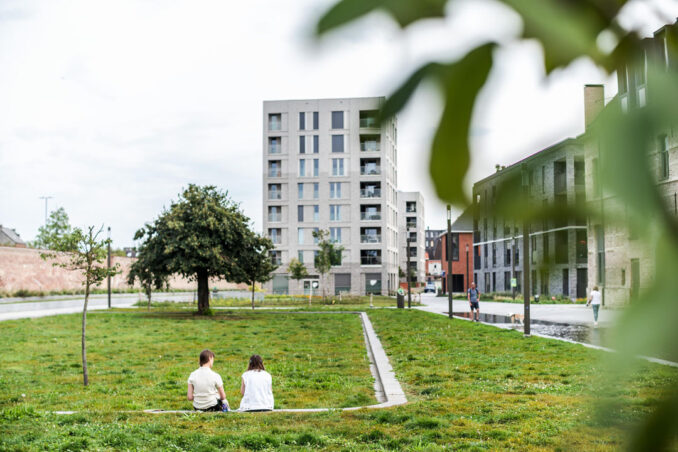
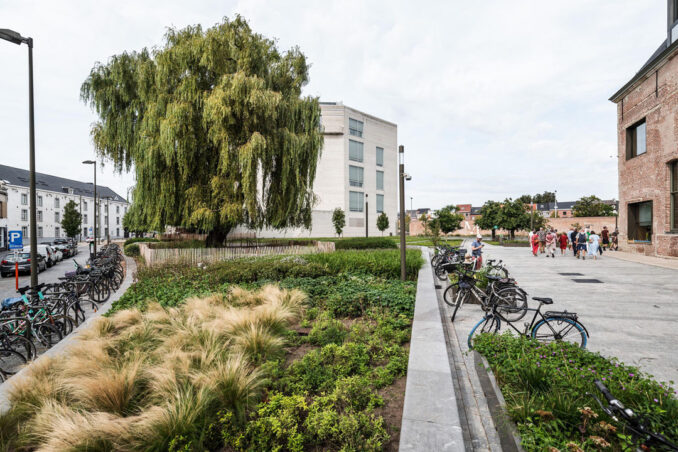
Location and purpose
Tinel Park is part of Mechelen’s ambitious garden and park plan. With this plan, the city is creating a green belt of parks that are only a few hundred metres apart. The new Tinel Park is the northernmost park within the inner city, located next to the Tinellaan, which is part of the city’s inner ring road.
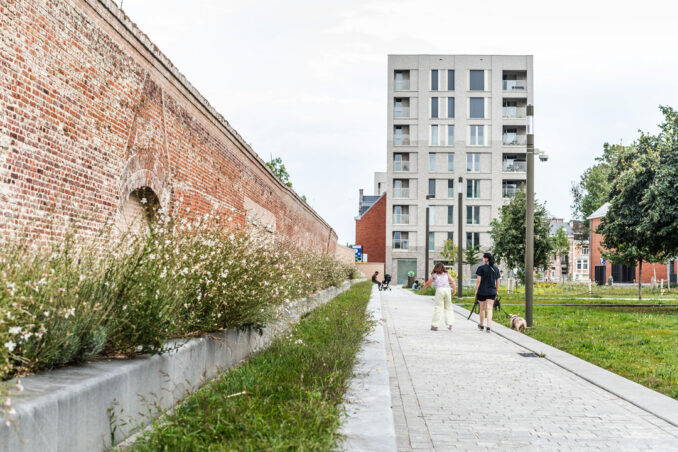
The Tinel Park tells many stories. It used to be part of the Predikheren monastery, established in 1652. About two hundred years later, it was transformed into a military base along with the Dossin barracks, the infamous Belgian World War II transit camp for the deportation of Jews and Romani towards Auschwitz. Based on a master plan by De Smet Vermeulen Architects, the district was gradually upgraded with new urban facilities, including the new library ‘Het Predikheren’ in the former monastery building (by Korteknie Stuhlmacher Architects), an underground car park and new housing facilities (by Bovenbouw architects). The Holocaust and Human Rights Museum (by AWG Architects) at the head of the site opened in late 2012.
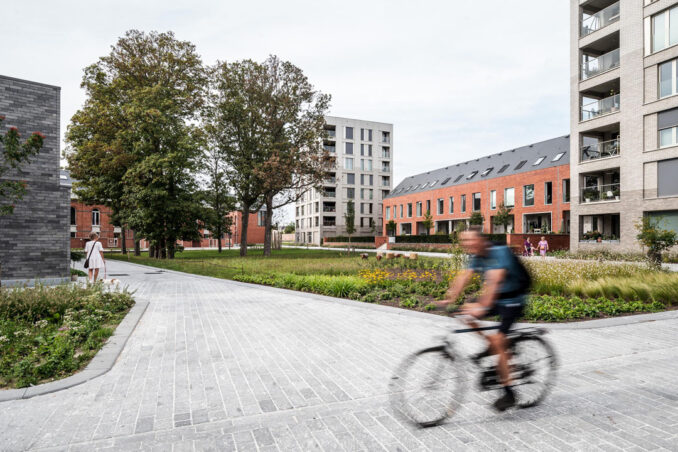
The new park ties these different functions together in one coherent layout, becoming the counterpart of the historic Kruidtuin in the city centre as a green public space of similar scale. It provides the north of Mechelen with an important green boost and much-needed public space for the community. In addition, the park completes a missing link in the historical route from Nekkerspoel train station to the Dossin barracks.
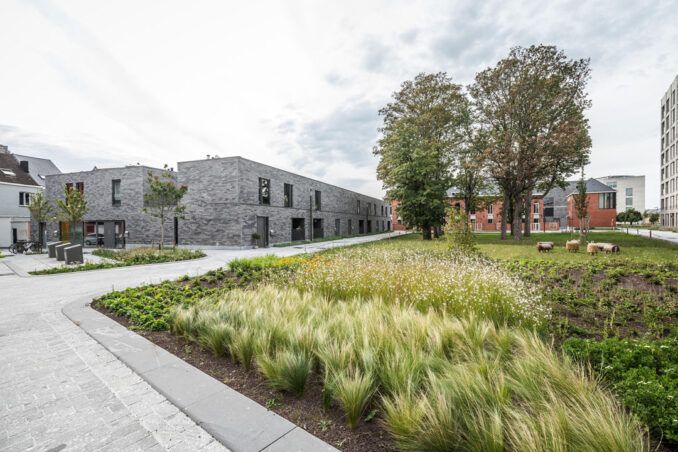
Design
The design phase for Tinel Park started in 2011. Initially, based on the master plan, a green framework plan was drawn up in a co-creative design process with local residents, departments of the city of Mechelen and the architects for the adjacent new urban developments. The realisation was carried out in several phases, and the final phase was completed in 2023. Tinel Park, with its direct connection to diverse urban facilities, has become one of the most visited locations in the city of Mechelen.
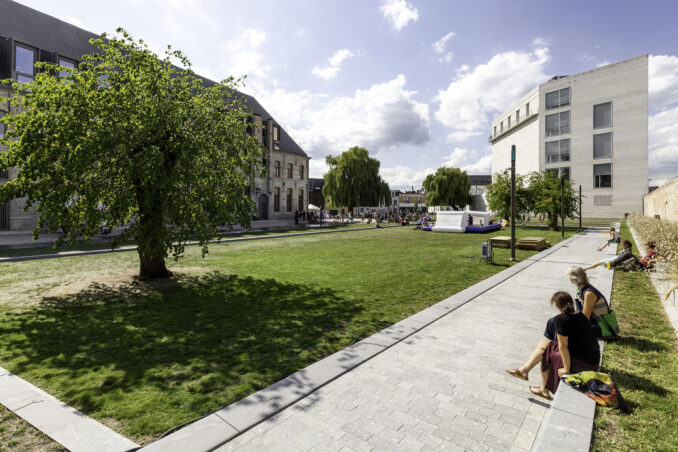
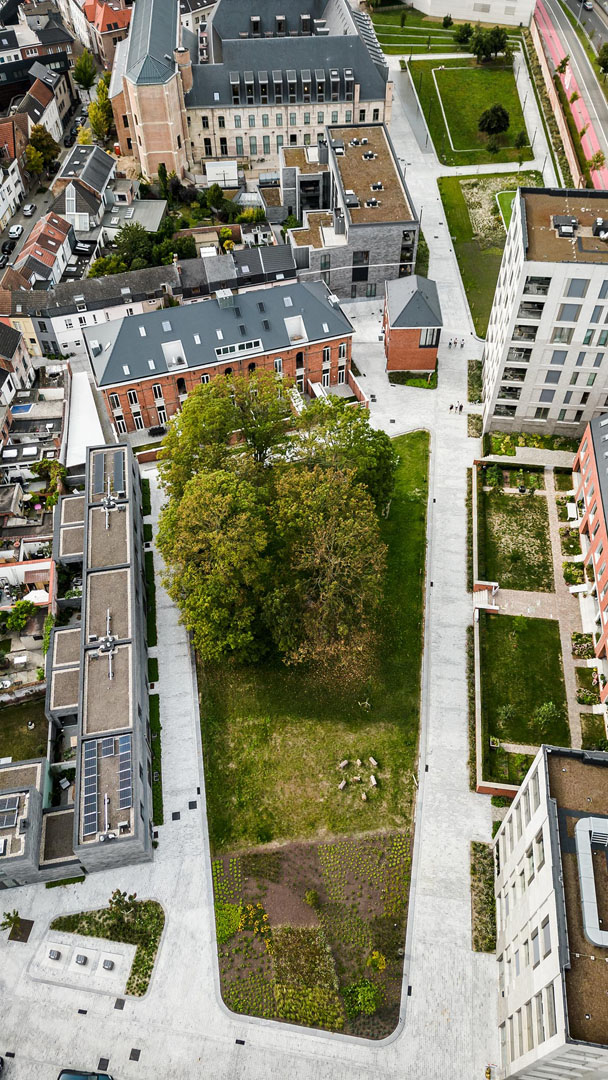
The site’s identity inspires the design and takes into account a phased implementation. An important starting point is that the area should be experienced as one park. This means that the amount of paving has been kept to a minimum, and large green spaces have been created that form a serene framework for the imposing buildings. The design language is the same in all sub-areas realised years apart. The atmosphere and use vary from the ceremonial space in front of the Dossin barracks to an open public park space between the museum and library in the former monastery to a green space with play areas and functions for the neighbourhood in the eastern residential part. The park section between the library and the former monastery wall reimagines the historic rectangular walkway, referring to the utility and contemplation garden as was customary in religious establishments. Along this path, a water mirror has been integrated next to the monastery, reflecting the adjacent facades and providing play opportunities.
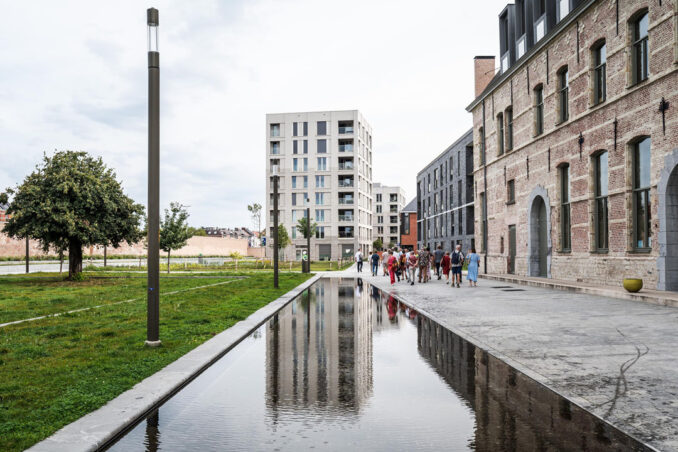
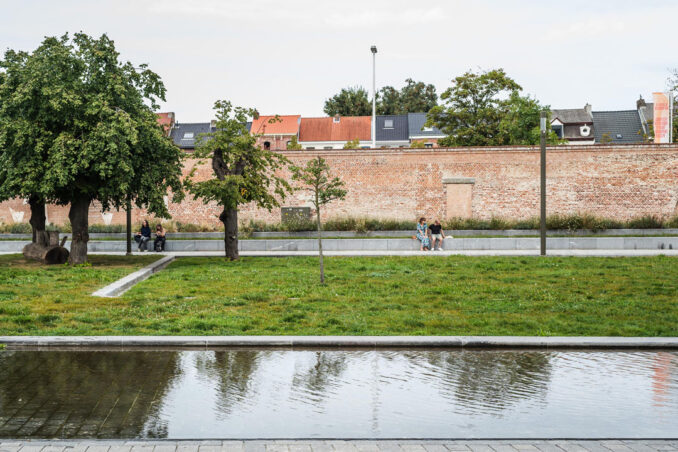
The height difference toward Kazerne Dossin was accommodated by placing the building on a green pedestal, detailed with gradual grass steps. A fitting poem was engraved in the nature stone steps, and a new tree was planted in honour of Anne Frank, painting a serene picture in front of the Holocaust museum.
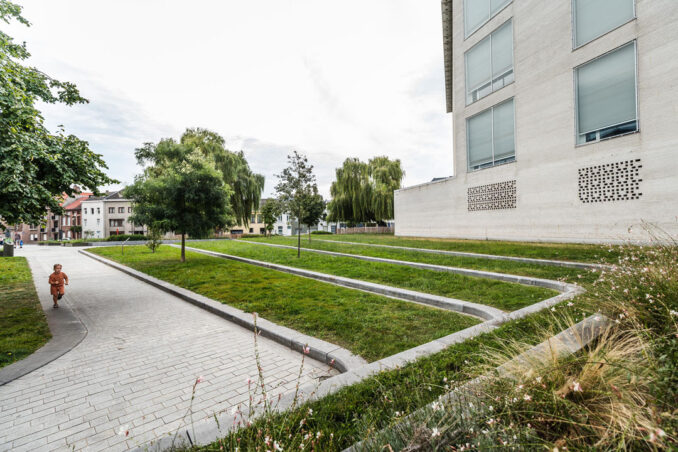
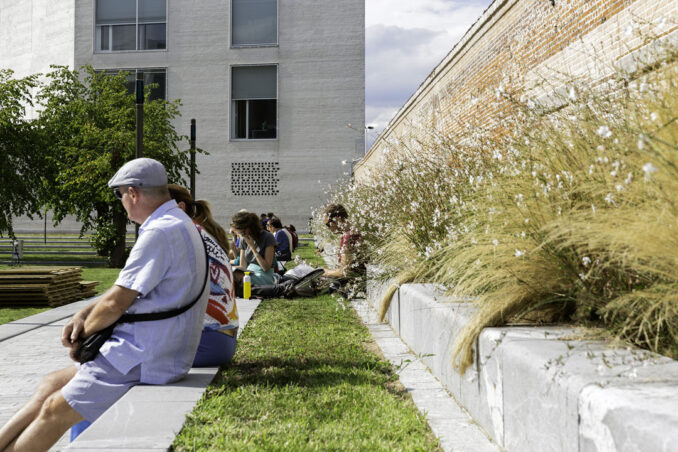
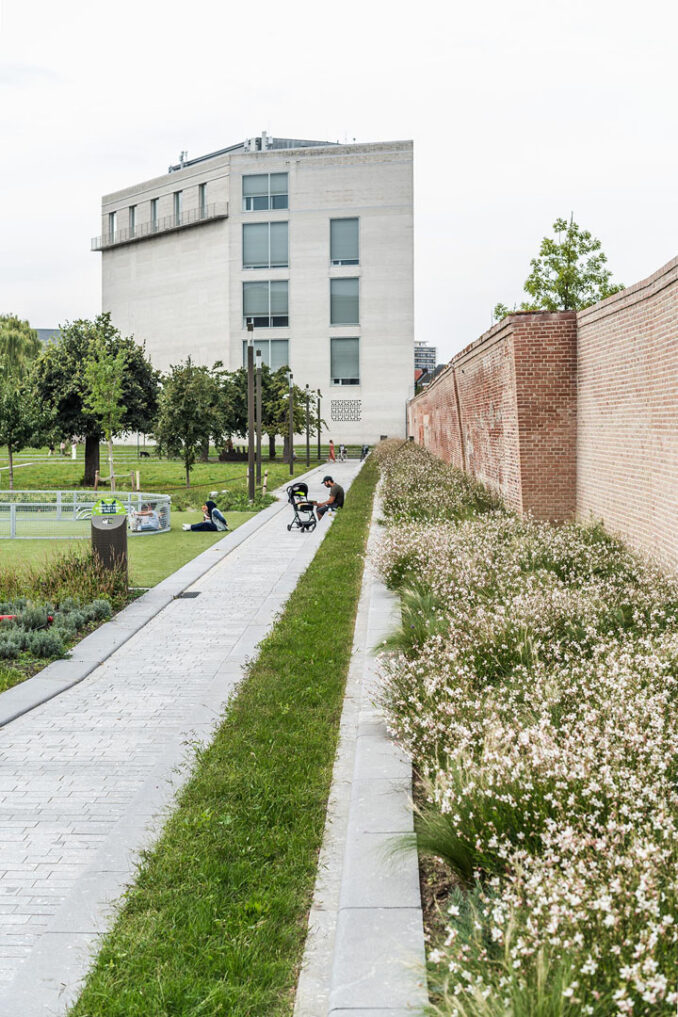
The second part of Tinel Park has a more informal character. Here, many trees have been preserved and subtle play areas have been integrated. Even though the park has a more formal look and feel in the first part, it’s still a place where locals get together and children have space to play. In this area, the longest (green) bench in Mechelen was integrated along the monastery wall where people can enjoy the park in the afternoon sun.
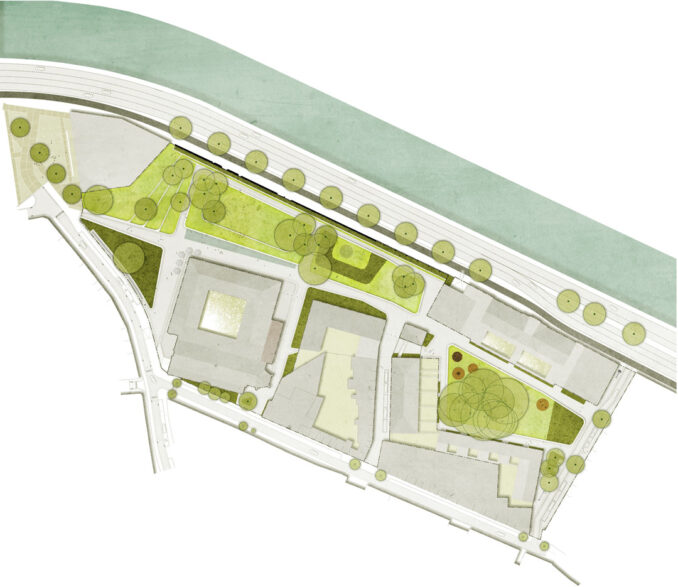
Tinel Park
Landscape architecture: OMGEVING
i.c.w. Atelier Ruimtelijk Advies (technical support)
Main Contractor: Vanhoeyveld
Client: City of Mechelen
Photography: ©Lucid; Yannick Milpas


